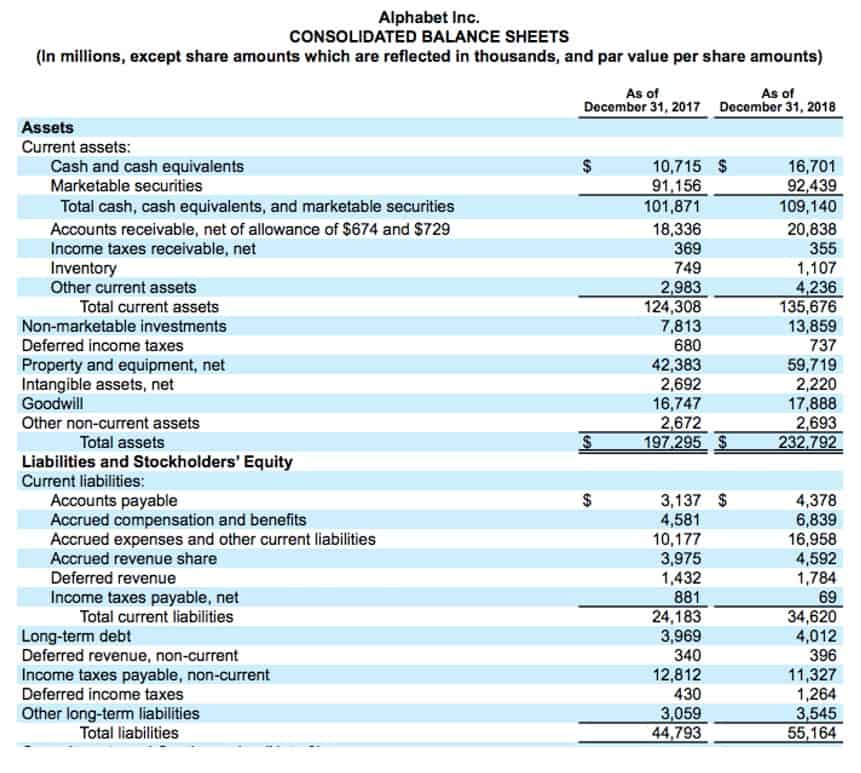
The assets listed in the balance sheet are taken over, the liabilities are assumed, and the new partner’s capital account is credited for the difference. Partnership accounting refers to the practices and procedures used to manage the financials of a business partnership. In practice, however, it is convenient to separate the amount invested by the partner (the capital account) from the amount they have earned through the trading activities of the partnership (the current account). Therefore, the capital account is usually fixed, while the current account is the current total of appropriations and the share of residual profit or loss, less drawings. Limited liability partnerships (LLPs) offer a blend of features from both general and limited partnerships. In an LLP, all partners have limited liability, protecting their personal assets from the business’s debts.
Partnership Accounting: Key Aspects and Financial Reporting
- For instance, a high level of current assets compared to current liabilities indicates good liquidity, which is crucial for meeting short-term obligations.
- That means that you only need to deal with the appropriations referred to in the question.
- When drafting a partnership agreement, an expulsion clause should be included, detailing what events are grounds for expelling a partner.
- In an LLP, partners are not exempt from liability for the debts of the partnership, but they may be exempt from liability for the actions of other partners.
- You have to split that increased profit among the partners, then deduct the special expense from the partners who are to bear it.
- He can buy shares of interest from one of the partners, or from more than one partner.
Dawson moved byorder to show cause for a preliminary injunction to prohibit White &Case from interfering with his office and files. P, after having been a sole trader for some years, entered into partnership with Q on 1 July 20X2, sharing profits equally. The Uniform Partnership Act only applies to general and limited liability partnerships (LLPs). Limited partnerships are a hybrid of general partnerships and limited liability partnerships. At least one partner must be a general partner, https://www.bookstime.com/articles/remote-bookkeeping with full personal liability for the partnership’s debts.
- All kind of allowances, like salary allowances and capital allowances, are treated as withdrawals.
- The profits from a partnership, on the other hand, are not double-taxed in this way.
- A successful partnership can give a new business more opportunities to succeed, but a poorly-thought out one can cause mismanagement and disagreements.
- Like any business structure, a partnership comes with both benefits and drawbacks.
- At least one other is a silent partner whose liability is limited to the amount invested.
Mentioned in this article
The liquidation process can be complex, requiring meticulous attention to detail to ensure that all financial matters are resolved equitably. Partners must work together to inventory the partnership’s assets, which may include cash, property, and receivables, and determine the best method for liquidating these assets to maximize returns. The statement of cash flows provides a detailed account of the cash inflows and outflows from operating, investing, and financing activities. This statement is particularly important for partnerships because it highlights the actual cash generated and used by the business, which can differ significantly from the net income reported on the income statement.
Preparing partnership financial statements
Some partnerships opt for a hybrid model, combining elements of both capital contributions and active involvement. This allows for a more nuanced distribution that reflects both financial investment and operational input. For example, a partnership agreement might stipulate that 50% of the profits are distributed based on capital contributions, while the remaining 50% is allocated according to the partners’ roles and responsibilities. This hybrid approach can help balance the interests of all partners and ensure a fair distribution.

- Each of these statements offers unique insights into different aspects of the partnership’s financial activities.
- Accounting Treatment Salary or commission to a partner being an appropriation of profit so transferred to the debit side of the Profit and Loss Appropriation account and not in Profit and Loss Account.
- It’s also important that the accounting practices align with the terms of the partnership agreement.
- Basis period reform is a fundamental change in how the trading profits of unincorporated businesses (such as sole traders and individual members of partnerships) are calculated for tax purposes.
- The double entry is completed with credit entries in the old partners’ capital accounts.
- If partners pay themselves high salaries, net income will be low, but it does not matter for tax purposes.
Without a well-drafted partnership agreement, the financial management of the partnership can become chaotic and contentious. Lastly, we hold that the future pension payments pursuant to White &Case’s unfunded pension plan were properly disallowed as a partnershipliability. White & Case never included the unfunded pension plan asa liability in the firm’s financial statements. In addition, under theterms of the partnership agreement, pension payments could be made onlyout of partnership profits and could not exceed 15% of profits. A final point in this context is that, if the total of the appropriations is greater than the profit for the year, the amount to be shared between the partners will be a loss. This will mean that the entries for the share of the residual profit will be a credit in the appropriation account (thus resulting in a nil balance) and debits in the partners’ current accounts.
To subscribe to our weekly newsletter please log in/register on Taxmann.com
The allocation of profits and losses in a partnership is a nuanced process that hinges on the terms set forth in the partnership agreement. This document typically outlines the specific percentages or ratios by which profits and losses are to be divided among the partners. Another fundamental concept is the capital account, which tracks each partner’s investment in the partnership. Unlike corporate shareholders, partners have individual capital accounts that reflect their contributions, withdrawals, and share of profits or losses. These accounts are crucial for maintaining transparency and ensuring that each partner’s financial stake in the business is accurately represented.

HMRC releases MTD income and multi-agent guidance
Partners must be aware of the tax implications of liquidating assets and distributing proceeds. This often involves consulting with https://x.com/BooksTimeInc tax professionals to navigate the complexities of capital gains, losses, and other tax liabilities. Proper tax planning can help minimize the financial impact on the partners and ensure compliance with all relevant regulations.
Interest on Drawings

In further support of its motion for summary judgment, the law firm produced other documents confirming the date of Conolly’s withdrawal as May 15, 1997. After a hearing, the Special Referee valued the assets of White &Case, including the firm’s goodwill as an asset and excluding the presentvalue of unfunded pension plan benefits as a liability of the dissolvedfirm. White & Case subsequently entered a partial satisfaction ofjudgment, reflecting payment to Dawson of the uncontested portion of thejudgment, which consisted of Dawson’s capital account plus interest. Dawson commenced this action against the partnership in dissolutionand successor firm, alleging he was wrongfully terminated. In an amendedcomplaint, Dawson asserted causes of action for an accounting, interferencewith prospective economic advantage, breach of fiduciary duty, conversion,trespass, invasion of privacy, and breach of contract.

Salary or Commission to a Partner
Properly allocating profits and losses can help optimize the tax liabilities of the partners, making it a critical aspect of partnership accounting. Assume that the partnership agreement specifies that in such a case the difference is divided according to the ratio of their capital interests after allocating net income and closing their drawing accounts. On this basis, Partner A’s capital account is credited for $6,000 and Partner B’s is credited for $4,000. If a retiring partner withdraws cash or other assets equal to the credit balance of his capital account, the transaction will have no effect on the capital of the remaining partners. If a certain amount of money is owed for the asset, the partnership partnership accounting may assume liability.
